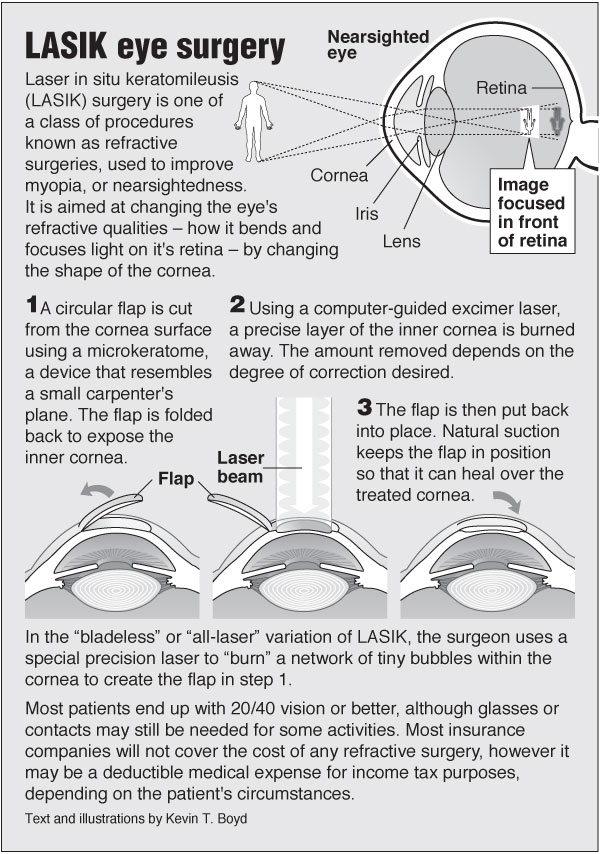A Comprehensive Evaluation Of Modern Cataract Surgical Treatment Methods
A Comprehensive Evaluation Of Modern Cataract Surgical Treatment Methods
Blog Article
Write-Up Developed By-Brask Humphrey
As you discover the evolution of sophisticated cataract surgical treatment techniques, you'll witness a journey noted by ingenuity and accuracy. From old approaches that paved the way for modern innovations to sophisticated innovations that are reinventing the area, the extensive review of cataract surgical procedure techniques is a testimony to human progress and dedication to boosting individual end results. The elaborate interaction in between historic techniques and advanced developments produces a fascinating narrative that sheds light on the evolution of among one of the most common surgeries worldwide.
Historical Strategies and Advancements
Check out exactly how very early cosmetic surgeons transformed cataract treatment by employing innovative methods and tools. In the past, cataract surgical treatment was a dangerous and unpleasant treatment. However, ancient Indian medical professionals were amongst the first to try surgical interventions for cataracts, using a method called 'formulating' where a sharp tool was made use of to press the cataract back right into the eye. This approach, though crude by today's criteria, prepared for future innovations in cataract surgical procedure.
As time progressed, Arab medical professionals made substantial contributions by developing specialized needles for cataract removal. These needles were utilized to puncture the cataract and after that remove it from the eye, marking a significant improvement in medical precision.
Later on, in the 18th century, the French cosmetic surgeon Jacques Daviel pioneered the strategy of extracapsular cataract extraction, where the whole lens was removed undamaged with a bigger laceration. This noted a major innovation in cataract surgery methods, leading the way for the modern-day procedures we utilize today.
Modern Surgical Approaches
Early techniques in cataract surgical treatment have progressed dramatically, resulting in the development of contemporary medical techniques that prioritize precision and boosted patient results. Modern cataract surgery now typically includes a procedure called phacoemulsification, where an ultrasonic tool breaks up the cataract for removal through a little incision. This method permits quicker recovery and reduces the threat of difficulties contrasted to older techniques.
Furthermore, using advanced intraocular lenses (IOLs) has actually changed cataract surgery results. These lenses can remedy not only the cataract yet also various other refractive errors like astigmatism, minimizing the need for glasses post-surgery.
Surgeons today also have accessibility to sophisticated imaging technologies that aid in exact preoperative planning and intraoperative decision-making. Optical coherence tomography (OCT) and various other imaging methods give detailed images of the eye's frameworks, allowing for a more personalized method to each person's surgical treatment. With these advancements, modern-day cataract surgical procedure methods remain to improve, using individuals safer procedures and far better visual end results.
Emerging Technologies in Cataract Surgery
With improvements in modern technology reinventing the area, cataract surgery is seeing the integration of innovative methods for enhanced patient end results. Emerging Myopia Control Study in cataract surgical procedure are improving the landscape of ocular procedures. One such innovation is femtosecond laser modern technology, which permits precise corneal incisions, capsulotomies, and lens fragmentation, causing improved medical accuracy and end results.
Furthermore, intraoperative aberrometry is acquiring appeal, allowing real-time measurements of refractive mistakes throughout surgical procedure to enhance intraocular lens power estimations and decrease postoperative refractive shocks.
Furthermore, using sophisticated imaging technologies like optical comprehensibility tomography (OCT) and intraoperative wavefront aberrometry aids surgeons in exact medical preparation and implementation. These tools offer thorough anatomical details and assistance personalize medical techniques for each and every individual's special eye attributes.
Furthermore, growths in expert system are being checked out to aid in preoperative preparation, intraoperative decision-making, and postoperative treatment, possibly optimizing medical results and patient contentment. Welcoming these arising technologies in cataract surgery holds guarantee for further enhancing person end results and guaranteeing the proceeded evolution of ocular medical strategies.
Final thought
As you trip with the history of cataract surgical procedure, you witness the improvement from ancient methods to innovative technologies. Like a phoenix rising from the ashes, cataract surgical treatment has progressed into a beacon of hope and innovation.
Just as a caterpillar emerges from its cocoon as a lovely butterfly, cataract surgery has progressed right into a polished art kind, offering clients more clear vision and a brighter future.
Best Atropine Concentration For Myopia Control continues, radiating a light on endless opportunities.
